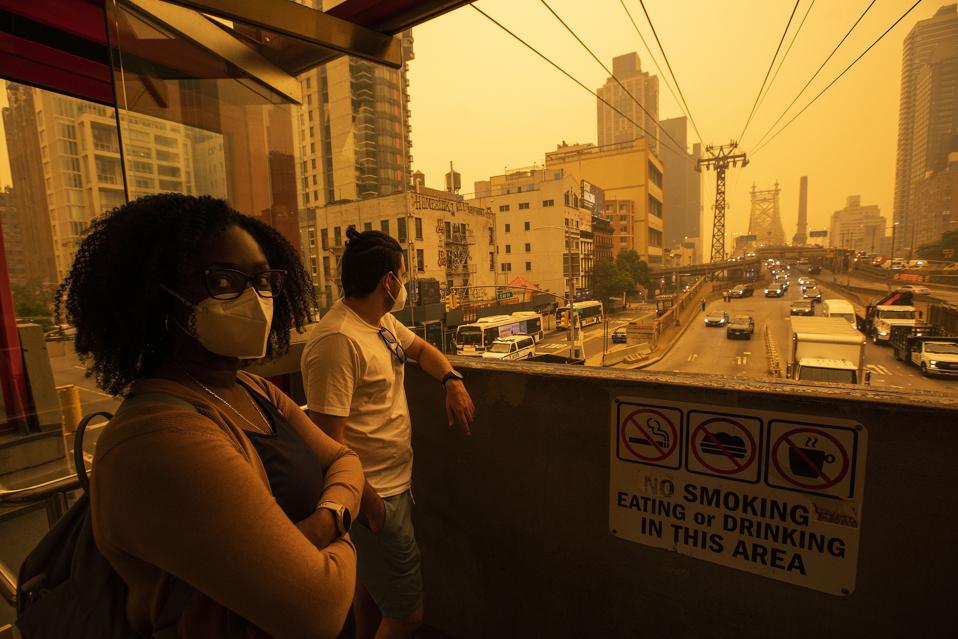The health impacts of being exposed to air pollution from wildfires can last for months, even after a fire has ended, according to a new analysis.
The study by researchers at the Icahn School of Medicine at Mount Sinai and Harvard T.H. Chan School of Public Health found exposure to PM2.5 particle pollution from wildfire smoke can have health effects up to three months after the blazes have ended, well beyond the couple of days that previous studies have identified.
According to the study, medium-term exposure to PM2.5 from wildfire smoke has been associated with increased risks for various conditions, including ischemic heart disease, hypertension, and asthma.
The study also showed larger effects in neighborhoods with more vegetation or more economic disadvantages, as well as among people who have smoked at any point in their life.
The researchers examined hospitalization records for the residents of 15 states between 2006–2016, and daily PM2.5 estimations.
They found a three-month exposure to smoke PM2.5 was associated with increased hospitalization risks for most cardiorespiratory diseases
In addition, the results for single-month lagged exposures suggested that estimated effects persisted up to three months after exposure.
Dr. Yaguang Wei, assistant professor of environmental medicine at the Icahn School of Medicine said studies in the past have tended to focus on the short-term impacts of wildfire emissions in an interview.
But Dr. Wei added larger wildfires can burn for up to a month and even after they have ended, particle emissions will remain the air and for another couple of weeks, which potentially means people could be exposed to air pollution over a period of several months.
He said the report also highlights how some communities, particularly those with more unemployment, lower housing quality and higher levels of poverty can be more impacted by wildfire smoke.
Dr. Wei said the study also highlights how many wildfires management strategies are outdated and place too much emphasis on protecting property, when they should put more emphasis on public health.
“Greater effort should be placed on wildfire management rather than relying solely on traditional air quality control strategies in response to the increasing wildfire activity,” he added.
The dean for public health and chair of the Department of Public Health at Mount Sinai, Dr. Rosalind J. Wright said in a statement: “The public and clinicians should take preventive measures during and after wildfires, such as wearing masks and using high efficiency particulate air (HEPA) filters, which are becoming more affordable.
“Findings from this study underscore the need to continue such preventive measure for a prolonged period after the fires have ended.
“Collaborative efforts across federal, state, and local levels are essential to safeguard the health of communities nationwide,” added Dr. Wright.
The chief executive and co-founder of Komodo Health, Dr. Arif Nathoo said the health consequences of wildfires linger long after the smoke clears in an email.
Dr. Nathoo added Komodo Health’s own research into the 2018 Northern California wildfires found that pediatric asthma-related emergency visits rose by 27% during the 14-day smoke wave, with asthma exacerbations for Hispanic and Latino children increasing by 95% compared to the baseline.
“The critical takeaway is that early signals can now guide timely interventions,” he said.

